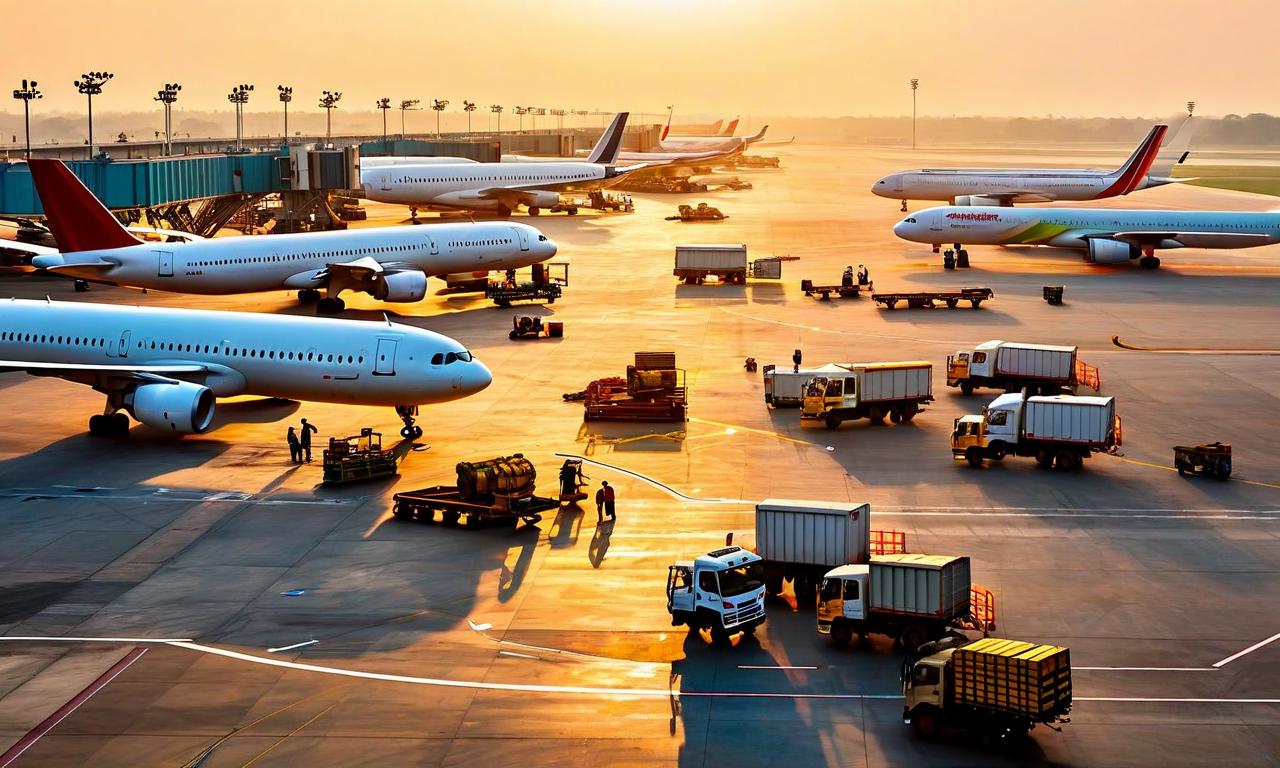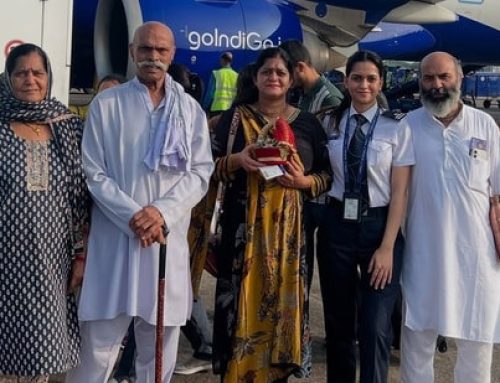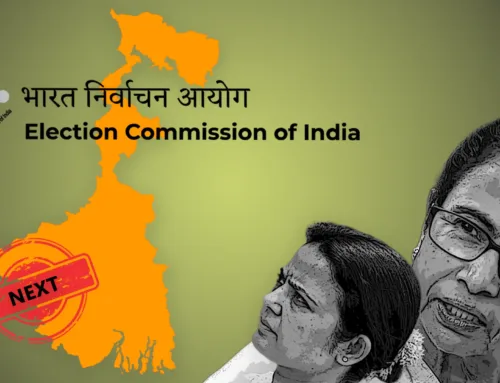In a surprising development, June 2025 marked the first annual decline in Indian visitors to the United States in over two decades. After years of steady growth, this downturn signals shifting travel patterns among Indian nationals, influenced by economic, logistical, and geopolitical factors. The trend has sparked discussions among industry stakeholders about the evolving landscape of Indian outbound tourism and its implications for the U.S. tourism economy.
Historic Growth and Recent Reversal
India’s outbound travel to the U.S. experienced exponential growth over the past twenty years, transforming from approximately 425,000 visitors in 2003 to a peak of 3.30 million in 2024. This surge was driven by business ventures, academic pursuits, tourism, and family connections. In 2024, Indian arrivals contributed over US $30 billion to the U.S. economy, underlining the sector’s significance.
However, for the first time since 2003, the number of Indian visitors declined—down 2.3 percent year-on-year for the 12 months ending June 2025. The total arrivals for this period stood at 3.12 million, compared to 3.19 million in the prior year, signaling a notable shift in trends.
Key Drivers Behind the Decline
Several interconnected factors have contributed to this downturn, ranging from economic to logistical challenges. Notably:
- Rising Airfares: International airfares between India and the U.S. increased by 14% from June 2024 to June 2025, largely due to fuel surcharge hikes and pandemic-related capacity constraints, making travel less affordable for many Indian families.
- Extended Visa Processing Times: The average wait for B1/B2 visa interviews in India climbed from 225 days to 310 days, creating considerable delays and uncertainty for prospective travelers.
- Currency Fluctuations: The Indian rupee depreciated by 3.4%, weakening purchasing power and making long-haul trips comparatively more expensive.
- Alternate Destinations: Indian travelers are increasingly exploring destinations in Southeast Asia, Europe, and the Gulf—regions offering shorter travel times, easier visa processes, and more competitive pricing.
Impact of Evolving Travel Preferences and Economic Factors
Beyond logistical hurdles, broader shifts in consumer preferences and domestic economic considerations play a role. The strengthening regional competition is partly fueled by Gulf carriers and European airlines launching promotional fares targeting Indian travelers. Meanwhile, India’s domestic tourism sector has expanded rapidly, with many families opting for local or regional trips instead of long-haul travel.
Policy uncertainties in the U.S., including debates over H-1B visa caps and heightened security measures, also contribute to hesitancy. Despite the deepening strategic ties between India and the U.S., these issues have yet to be addressed through reforms that would streamline travel processes.
Industry Perspectives
Stakeholders from both sides have offered insights into the current landscape:
- U.S. Travel Association: “We see strong fundamentals for India-U.S. travel over the long term, but temporary headwinds around pricing and processing must be addressed.”
- Indian Ministry of Tourism: “The dip reflects a natural diversification of Indian outbound travel; our diplomatic missions continue to cooperate on visa facilitation.”
- American Society of Travel Advisors (ASTA): “Agents report clients shifting budgets toward multi-destination Asia trips rather than U.S.-only itineraries.”
- Airline industry analyst: “Gulf carriers and European airlines are aggressively courting Indians with promotional fares; U.S. carriers need to match pace or risk erosion of market share.”
- Indian business traveler from Mumbai: “High fares and tough interview slots forced us to delay a team trip to Chicago and Detroit until next quarter.”
Key Events Shaping the Current Environment
Recent developments have highlighted the challenges faced by Indian travelers:
- March 2024: U.S. consulates in Chennai reassigned full B1/B2 visa interview operations after pandemic restrictions eased.
- September 2024: Rising jet-fuel costs, according to IATA, increased long-haul flight prices.
- November 2024: U.S. State Department announced phased reopening of consular services, but staffing shortages persisted.
- January 2025: The rupee hit a new low, exceeding INR 83/USD, further impacting travel budgets.
- February 2025: Gulf carriers launched targeted promotional fares, shifting travel flows away from U.S.-bound routes.
Looking Forward: Will the Trend Reverse?
Experts recognize that this dip may be temporary. In the short term, continued pressure on airfares and visa processing could sustain the decline. However, improvements in consular staffing, fare competition, and targeted promotional campaigns could stimulate a rebound.
Projections suggest that, with strategic adjustments, Indian outbound visits to the U.S. could return to or surpass 3.5 million by 2027. The country’s expanding middle class and strengthening bilateral ties offer long-term potential, provided policymakers and industry players address existing obstacles.
Conclusion
The first decline in Indian visitors to the U.S. in over 20 years encapsulates the complex and dynamic nature of global travel. While current challenges temper short-term growth, the enduring appeal of the U.S. as a destination remains intact. As India continues to diversify its international travel portfolio, stakeholders on both sides are closely watching whether this recent trend is a temporary correction or the beginning of a longer-term shift.






Leave A Comment